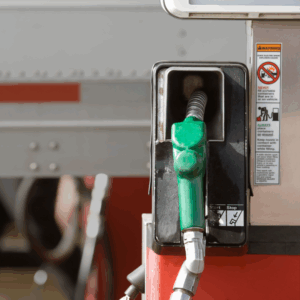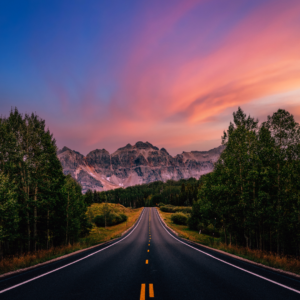4WD Tips for Off-Road Drives in Colorado
When passes and roads open all over Colorado each summer, 4×4 enthusiasts love to hit the dirt exploring off-road drives in Colorado Springs and the many passes that make our beautiful state. The Pikes Peak region has a variety of off-road driving trails that range from easy to difficult, which can be pretty fun for locals. Further into the mountains, more challenging routes take drivers through some of the most difficult terrain in the state. All of these roads offer incredible scenery, technical challenges and a lot of fun.
Before you go, however, it’s a good idea to familiarize yourself with proper off-road etiquette. Just like any other activity — hiking, biking, or otherwise — off-roading has rules to make the hobby safer for everyone and to protect the beautiful Colorado wilderness we all know and love. Let’s brush up on the basics.
1. STAY ON THE TRAIL
Staying on the backroads can be far harder than you think on some of the more overgrown or deteriorating routes. You can easily find yourself staring into a clearing and wondering if a track is a washout, a game trail or the actual road you wanted to explore. DO NOT just barrel through the brush in your vehicle and hope for the best.
Traveling outside of the designated path can cause a tremendous amount of damage to the environment. As the population of the state has grown exponentially, the number of people traveling these roads has also increased and the resulting damage has led some of the parks in the state to close several of the most abused roads altogether. The Pike and San Isabel National Forests have even closed popular trails right here in El Paso County in the past.
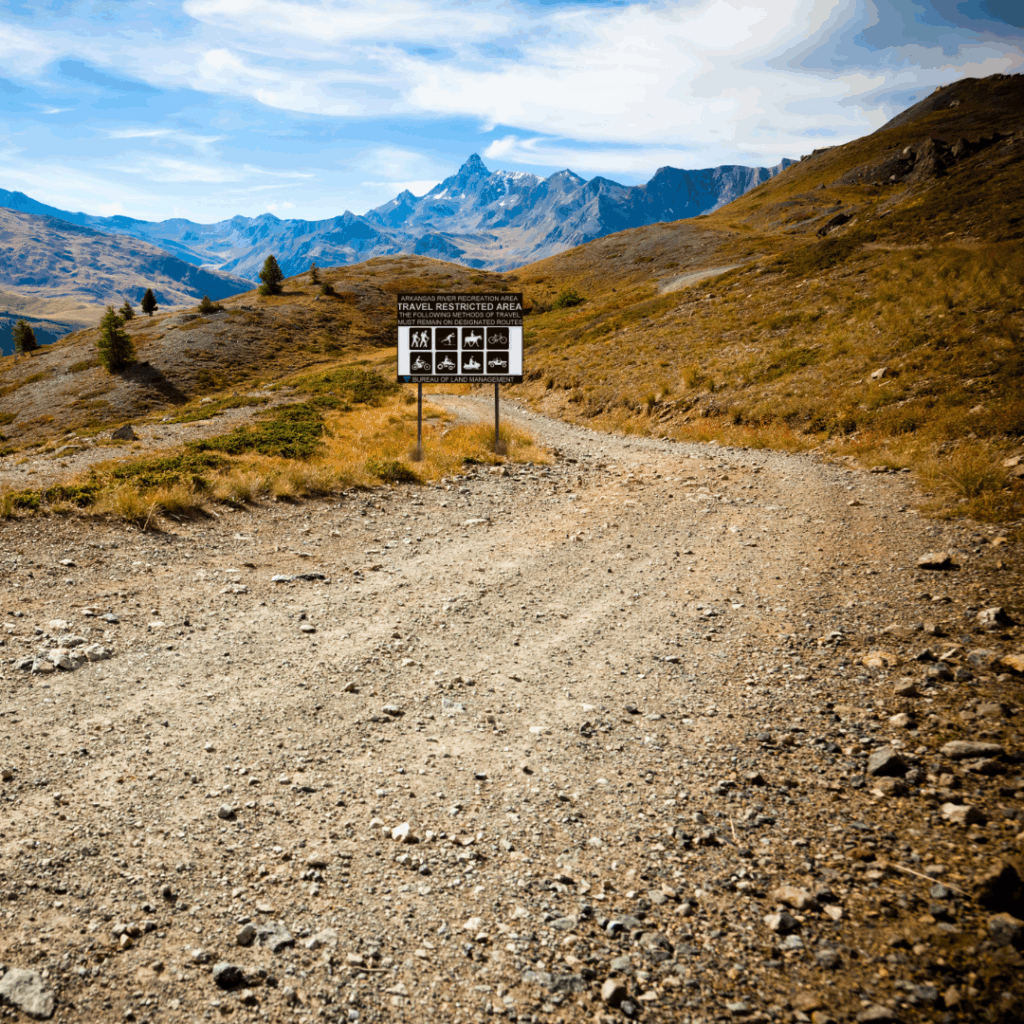
Being a good road steward can help protect the environment and help off road enthusiasts keep the routes they love open for use. If you can’t find the trail during your travels, don’t just guess, get out and follow the route on foot. You may still technically be off the trail as you look, but your human body will do significantly less damage than a Jeep would just barreling through. It’s also good etiquette not to smash into trees, modify the roads for jumps or be a general menace.
If you happen to see someone engaging in destructive behavior, it’s best not to engage directly. Some of these areas are very isolated, which could put you in danger if you confront the wrong person on the wrong day. Instead, take down as much information as you can and report it to the appropriate authorities when you have service. And remember, lead by example. Show the rookies how it’s done right by being responsible, friendly and safety-focused.
2. All-Wheel Drive and All-Terrain ≠ Invincible
This is definitely a tip that hits home for the technicians at Honest Accurate. That’s because we all too often see the results after a driver has pushed their vehicle beyond its limits. The “off-road” designation celebrated in TV commercials probably doesn’t account for driving your SUV or truck through a field of sharp boulders into a stream of unknown depth, followed by a bout through a mile-long mud bog.
Many of these problems on the list you see here are extreme and expensive, while others won’t be immediately evident until after a session in the mountains. It may take weeks or even months for some of these problems to come back to haunt you. Even if your vehicle seems to handle the roads just fine, it’s still a good idea to do a visual inspection after driving in the mountains, including checking underneath it for potential problems. If your vehicle has the appropriate clearance to be offroading, that shouldn’t be too difficult.
You should also bring your vehicle in for periodic professional vehicle safety inspections by a certified mechanic. You’re using your vehicle in extreme conditions, so it’s important to go the extra mile in maintenance. It’s not cheap to get a busted vehicle out of the wilderness. You may even have to contract with a specialty retrieval company to get it back.
Some of the problems we have seen with trucks, SUVs and cars that were not ready for offroading include:
- Damaged suspension
- Wheel damage like dents and creases
- Tire damage including flats and even chunks missing from the tread
- Damaged oil pan
- Damaged exhaust
- Hitch ripped off or damaged
- Damaged headlights and tail lights
- Leaks
- Busted hoses
- Brake damage
- Alignment
- Transmission issues
- Body damage
- Radiator punctures
- Electrical damage
- Water damage
3. Right of Way: Uphill Traffic, Hikers, Bikers, and More
Right of way is very important on off-road trails. If you’re new to the hobby, be sure to spend some time learning about who has the right of way on routes and how to react when you encounter another vehicle or person on the road. Key to remember:
- Vehicles heading downhill on steep, narrow, or one-lane roads should yield to uphill traffic. If you encounter uphill traffic and there is no safe way for both vehicles to pass, you must back up to a safe location to allow them to proceed. It is far more difficult to control a vehicle reversing downhill. Failing to yield could endanger the other driver.
- Be cautious around hikers, bikers and horses. Slow down when approaching people, pets and wildlife out on the road. Be courteous not to kick up clouds of dust or bury them in mud. Remember, these trails are for everyone and we all want to enjoy them in our own way.
- When you stop, get out of the way. Yield the road back to other drivers when you stop for photos, brief hikes or long breaks. You don’t want to create a line of folks all trapped behind your vehicle while you’re picnicking and taking selfies.
4. Don’t Trespass
This one is an easy one if you pay attention to signs and follow the first rule to stay on the road. Most landowners have signage, gates and fencing to indicate private property. The Forest Service also places informational signage along some routes, although it can be old and difficult to read. Do not cut fencing or locks. Do not open gates or remove blockades. If you find yourself on private property, retrace your route back to the public use area.
Some landowners have made agreements with the state to allow access to roads on their land. Follow all signage when using these spaces to ensure land owners do not revoke permissions. There are several apps available today that will identify private land along your route so you can be sure you’re in the right spot. Be sure to download/print/purchase any maps before you head out, as service can be non-existent for most phones and service plans in more isolated areas.
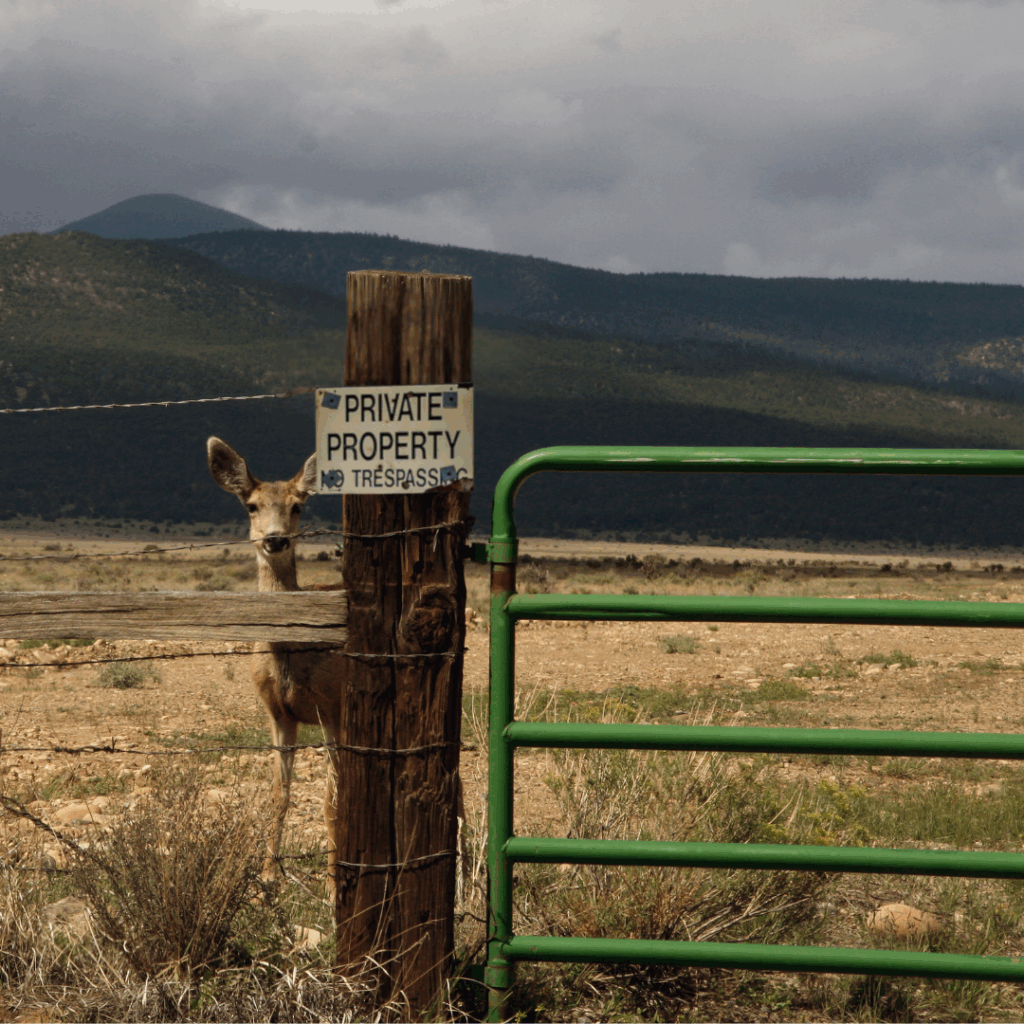
5. Be Nice
Kindergarten rules apply to the roads, too. Be kind on your drive, even if others are not. When you head out on your adventure, remember the following:
- The wilderness is a multi-use space that is open for everyone and it’s especially important to remember that when you’re in a vehicle. Watch for hikers, horseback riders and mountain bikers who may be on the routes or using pedestrian trails that cross them.
- Don’t tailgate or drive aggressively. If the person in front of you is too slow, be patient and wait for them to pull off to let you pass. You don’t want to create unsafe conditions for you or the other driver.
- Minimize noise and pollution. You’re out for a drive, not busting into a World Arena monster truck rally. Use noise-minimizing equipment to avoid roaring through the woods like an angry Transformer.
- Don’t litter. Just like hikers and campers, pack it in, pack it out. Unlike them, you don’t have to carry your trash on your back for eight miles, so it should be a lot easier!
- Don’t be a road hog. Your awesome crew of friendly off-roaders is amazing — but not everyone wants to be stuck behind your 11 best friends painstakingly navigating over a boulder one at a time. Give space periodically to allow faster drivers or smaller groups to get past you. Or, break your big group into smaller groups with slightly staggered leave times and designated meet-up times/stops along the route.
The key is to be considerate. Treat your fellow drivers like you want to be treated. Always act with everyone’s safety in mind. Keep your cool when less experienced drivers make mistakes. Sometimes drivers do not realize what they have gotten themselves into until it’s already too late to turn back. You may be able to help them with friendly tips so everyone is safer on the backroads. You love this sport, so share the love!
6. Know Your Limits
You have your winch and all the tools to pry yourself out of a problem, but it’s always better to avoid the problem in the first place. Many of the passes throughout Colorado are incredibly dangerous, with precarious shelf roads perched over deadly drop-offs, coupled with heavy gravel, sharp rocks, giant boulders and much more. It’s not just the driving that’s dangerous, either. Many of these passes are at very high altitudes above the tree line, exposing drivers to the potential for altitude sickness, not to mention lightning, sun exposure, dehydration and sudden snow storms. If you think navigating a gravel-packed switchback is scary in the sunshine, add blowing snow, high winds and lightning (yes, at the same time).
The key is to think about safety at all times, even when the vehicle is stopped. One of the deadliest off-road incidents in the state happened because a parking brake failed. Off-roaders can get overconfident over time and forget that not every accident on the road is a skill issue. Sometimes it’s just you versus nature, physics and bad luck.
When determining if an off-road route is right for you, consider the following:
- Water: You may be required to drive through creeks and rivers. Consider the depth of the water, speed of the rapids, condition of the riverbed, width of the water and height and condition of the shoreline (for getting in and out). In addition to dangers like being swept away or popping a tire on a hidden hazard, you should also worry about your engine being submerged in water if you don’t have a snorkel or other protections.
- Gravel: Even the best tires can slide if the road is loose enough — the same way a hiker in the best boots on the market can find themselves shooting down a hillside covered in shale. Beware of steep inclines and sharp drop-offs and use the appropriate speed for the moment. You should also be wary of your momentum. Sometimes your vehicle will catch the road when you aren’t expecting it and you don’t want to be pressing the gas to the floor when that happens!
- Shelf roads, cliffs and drop-offs: Colorado off-road routes may include shelf roads, cliffs and drop-offs that are dangerous and deadly. Some of them may be single lane routes or include hazards like loose rocks or, in the case of at least one road near Silverton, water cascading onto the single lane road with a massive drop-off on the other side. Make sure your vehicle fits on the road and proceed with caution. Take turns on two-way routes and communicate clearly with other drivers.
- Boulders: Not all vehicles are rock crawlers. We know, we see the vehicles that aren’t in the shop after a rough drive. Be realistic about what your car, truck or SUV are actually capable of. If your Subaru is not a rock crawler, ride along with someone who’s vehicle is. You’ll be safer and your Subaru will, too.
- Steep inclines and declines: 4WD may mean all four wheels are spinning uselessly if your vehicle can’t navigate steep inclines. Some routes require speed, others require tenacity. You have to avoid spinning out, sliding back, rolling over and stalling all at once, and sometimes for quite a bit of distance!List Item
Ten Common Off-Road Accidents & Problems
- Getting stuck
- Rollovers
- Flat tires, sidewall damage and broken beading on tires
- Fire
- Sliding
- Flooded engine/air intake
- Busted/malfunctioning recovery gear
- Severe undercarriage damage
- Clutch damage
- Overheated brakes
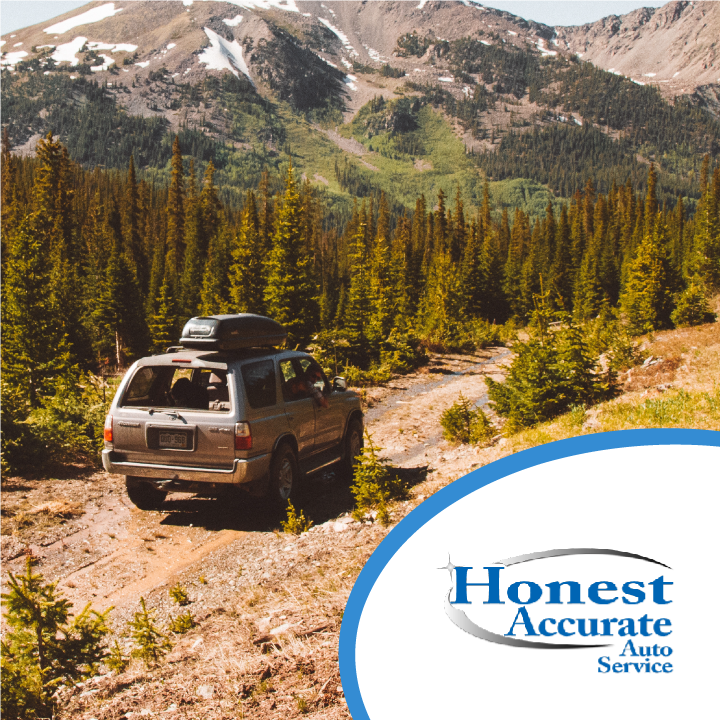
Hit the Off-Roads Safely this Season with Help from Honest Accurate
If you’re ready to hit the off-road this summer, Honest Accurate is here to help you get prepared. Bring your vehicle in for an inspection and we’ll give you insight into its off-road capabilities. Our experienced technicians can help you determine which services will help you get off-road-ready so you can travel safely all season long!
Honest Accurate 4WD Service Locations
4WD Services
4WD/AWD system inspections
Tire repair and wheel services
Axel repair and rebuild
Suspension and lift kit services
Brake upgrades, inspections and repairs
Recovery equipment installation
Performance upgrades
Off-road readiness assessment
Air intake maintenance and repair
4WD system engagement inspection and repairs
And more!

